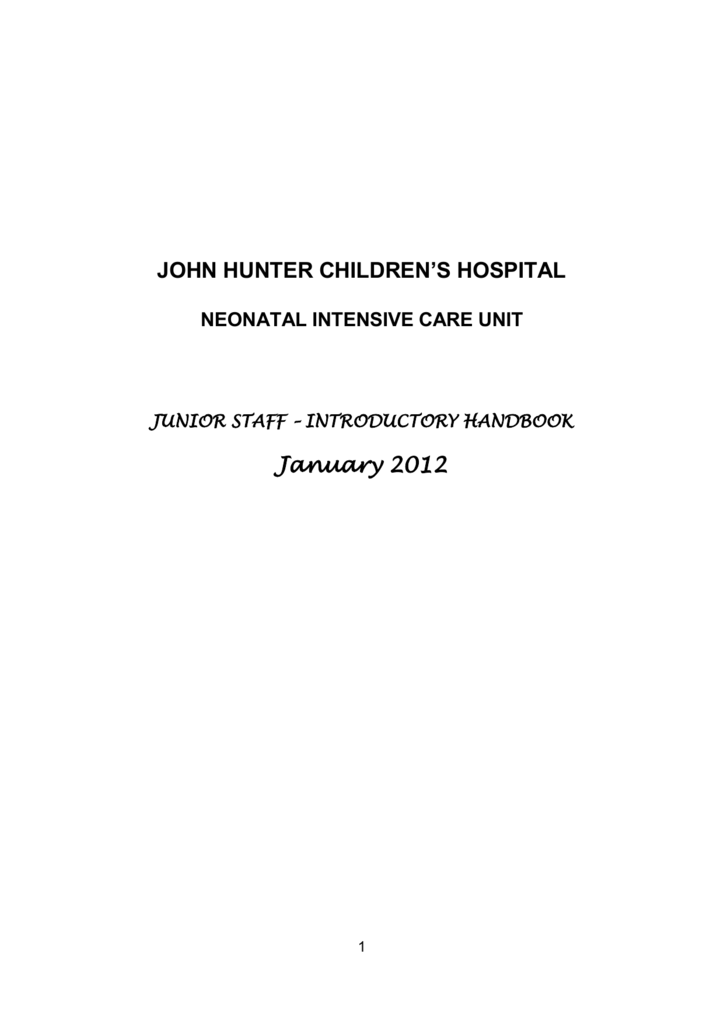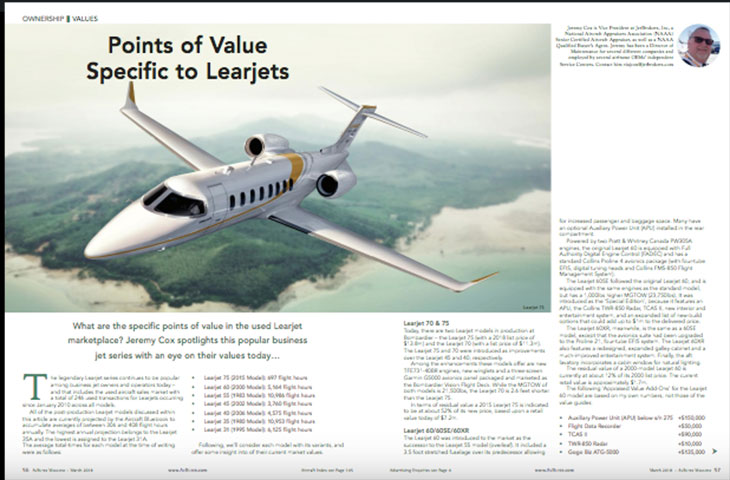Learjet 55 Flight Safety Manual
. This item is: Flightsafety Learjet 55 Maintenance Training Manual. We answer questions and will provide many detailed photos. email us: altimeters@charter.net or altimeters@att.net. The items are 'as they come' from the closed airplane stores we acquire. This item is used equipment and we are selling this item untested, without warranty or return.
Our highly qualified and experienced instructors, advanced-technology flight simulators and integrated training systems help ensure proficiency and safety. Pilot training for the Learjet 55 is available at FlightSafety’s Learning Center in Tucson, Arizona. Our highly qualified and experienced instructors, advanced-technology flight simulators and integrated training systems help ensure proficiency and safety. Pilot training for the Learjet 55 is available at FlightSafety’s Learning Center in Tucson, Arizona.
We buy avionic shops,. We buy instrument shops, DISCLAIMER OF WARRANTY: We are selling this item “As Removed, As Is, Where Is, Make Offer'. We do not provide any warranty of this item whatsoever, whether express, implied, or statutory, including but not limited to, any warranty of 'merchantability' or 'fitness for a particular purpose' or any warranty that the contents of the item will be error-free. We are not liable for any damages, including, but not limited to, direct or indirect, special, or consequential damages arising out of, resulting from, or any way connected to the use of the item, whether or not based upon warranty, contract, tort, or otherwise; whether or not injury was sustained by persons or property or otherwise; and whether or not loss was sustained from, or arose out of, the results of, the item, or any services that may have been provided by us.
We are not responsible for direct, indirect, incidental or consequential damages result from any defect, error, or failure to perform. Share this Product.
When it comes to pure climbing power, the Learjet 60 is hard to beat. This airplane doesn't just take off-it blasts off. Its power comes courtesy of a pair of Pratt & Whitney Canada 305As bolted to the back that each crank 4,600 pounds of thrust, giving this 23,500-pound airplane (maximum takeoff weight) one of the highest thrust-to-weight ratios in its class. The manual says this jet will climb 4,500 feet per minute on both engines.
 List of Policies and Proceedures for NICU Staff at the Premature Infant Nutrition. Vanderbilt NICU Guidelines. The list contains the policies that are currently available. Updates will be made as they. Medication Manual NICU (3/8/2017).
List of Policies and Proceedures for NICU Staff at the Premature Infant Nutrition. Vanderbilt NICU Guidelines. The list contains the policies that are currently available. Updates will be made as they. Medication Manual NICU (3/8/2017).
That's not too shabby-and you can climb a whole bunch faster than the book says, although for the sake of passenger comfort, this kind of liftoff is not a good idea. The 60 will ascend to 41,000 feet from sea level in less than 20 minutes. Cracking open a beverage before reaching cruise altitude is just not a good idea-unless you want to wear it. But an airplane with engines like the Learjet 60's demands skill and respect in the cockpit. Intelligent power management is critical and landings need to be well planned and well executed.
When they aren't, look out: the Learjet 60 has the highest accident rate in its class and almost all the accidents happened during landing (see chart on page 50). According to the National Transportation Safety Board, most of these mishaps resulted from failure of flight crews to read or understand a few key items in the aircraft manual.
One accident occurred after a hydraulic-system failure knocked out everything you need to slow down a jet-flaps, spoilers, brakes, thrust reversers-and the pilots elected to try landing on a 5,400-foot runway, anyway. (The book says you need 11,000 feet of runway in that situation.) Another resulted from a flight crew's attempt to land on a snow- and ice-slicked runway with a tailwind and the anti-skid braking system turned off. (The book says don't try that, either.) Yet another happened after the pilots landed with a ground speed of 210 knots-just a wee bit faster than the normal touchdown speed of around 132 knots-and an unsuspecting deer didn't get out of the way in time. (The airplane then veered off the runway, crossed the taxiway, impacted a ditch and burst into flames.) See a trend here? But even under ideal circumstances, the airplane has certain characteristics-most notably small brakes and tires-that put a premium on landing skills.
Learjet 55 Specifications

Learjet 55 Performance Data
The brakes are a bugaboo left over from the aircraft's predecessor, the Model 55, whose brakes are even smaller. Notwithstanding their small size, however, the 60's brakes are not usually an issue when the airplane is flown by the book. That's thanks to the massive thrust reversers attached to its engines. After landing, they can slow down the airplane real fast. (Stow the beverages before landing, too.) The Learjet 60 can comfortably operate at high loads out of 5,000-foot-long runways. And its bigger engines give it considerably better performance than the 55 when operating in hot temperatures and high altitudes.

The Model 55 entered production in 1980 and 147 were manufactured. It mated the wing of the Learjet Model 28/29 Longhorn with an expanded Model 35 fuselage. Bombardier acquired Learjet in 1990. The 60 first flew in 1991 and customer deliveries began in 1993. While the 60 has undergone various interior and avionics changes over the years, notably the SE and current XR models, the fuselage remains largely unchanged. Between 1993 and 2005, when Bombardier introduced the successor Model 60SE, it manufactured 274 Model 60s. Better brakes and engines are just two advantages the 60 has over the 55.

Learjet 55 Flight Safety Manual Pdf
The fuselage was stretched 43 inches, yielding an 18-inch-longer cabin (17.67 feet) and more legroom. Cabin width is a fraction under six feet.
The standard cabin layout features five single executive slide/swivel seats, a two-place side-facing divan opposite the entry door, a small forward galley with space for a microwave and an ice drawer, a forward closet and a rear lavatory. Inside the cabin, the closet provides 24 cubic feet of storage; an equal amount is in the baggage compartment aft of the lavatory. Cabin noise close to the entry door can be pronounced, and that was a major driver when Learjet gutted and redid the Model 60 cabin for the $13.65 million Model 60XR. (Deliveries began in 2007.) Headroom in the trenched center aisle is 5.7 feet.
Unrefueled range (two crew, four passengers, NBAA IFR reserves) is 2,134 nautical miles. The airplane has received a variety of aerodynamic refinements, including winglets that improved efficiency, performance and handling over the 55. Largely because of its spry climb time, the 60 has the lowest direct hourly operating costs in its class. (The faster you get to cruise altitude, the less fuel you burn.) The avionics system is built around the Rockwell Collins Pro Line 4 four-screen display that has proven its durability over many years. Pilots who fly the 60 generally love it-until something breaks. Bombardier's product support for older jets, while marginally improving, ranked second to last in this year's annual Product Support Survey published by our sister publication, Aviation International News. This comment, published with that survey last year, is fairly typical of what Learjet 60 operators have to say: 'The chief pilot for a southern company complimented the reliability of its Learjet 60, but added that support, warranty and tech reps 'leave a lot to be desired.'
' The good news is that the 60 continues to hold its resale value well, even as the market for mid-size used jets is beginning to soften. A 1997 Learjet 60 sold new for $10.8 million and, on average, still commands about $6.9 million. Within the midsize class, only the Hawker 800XP posts stronger resale-value numbers.
The Hawker is, of course, slower.